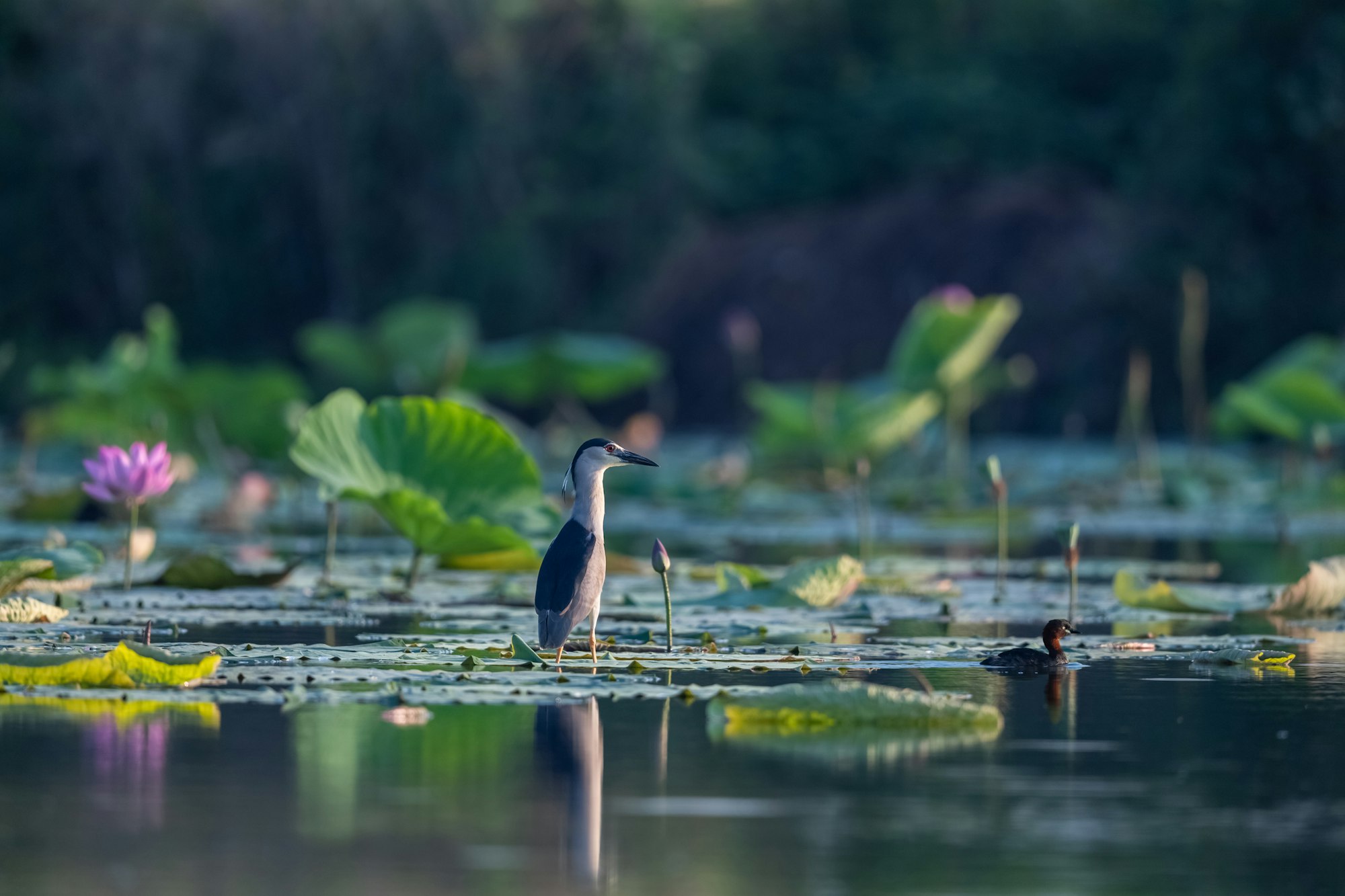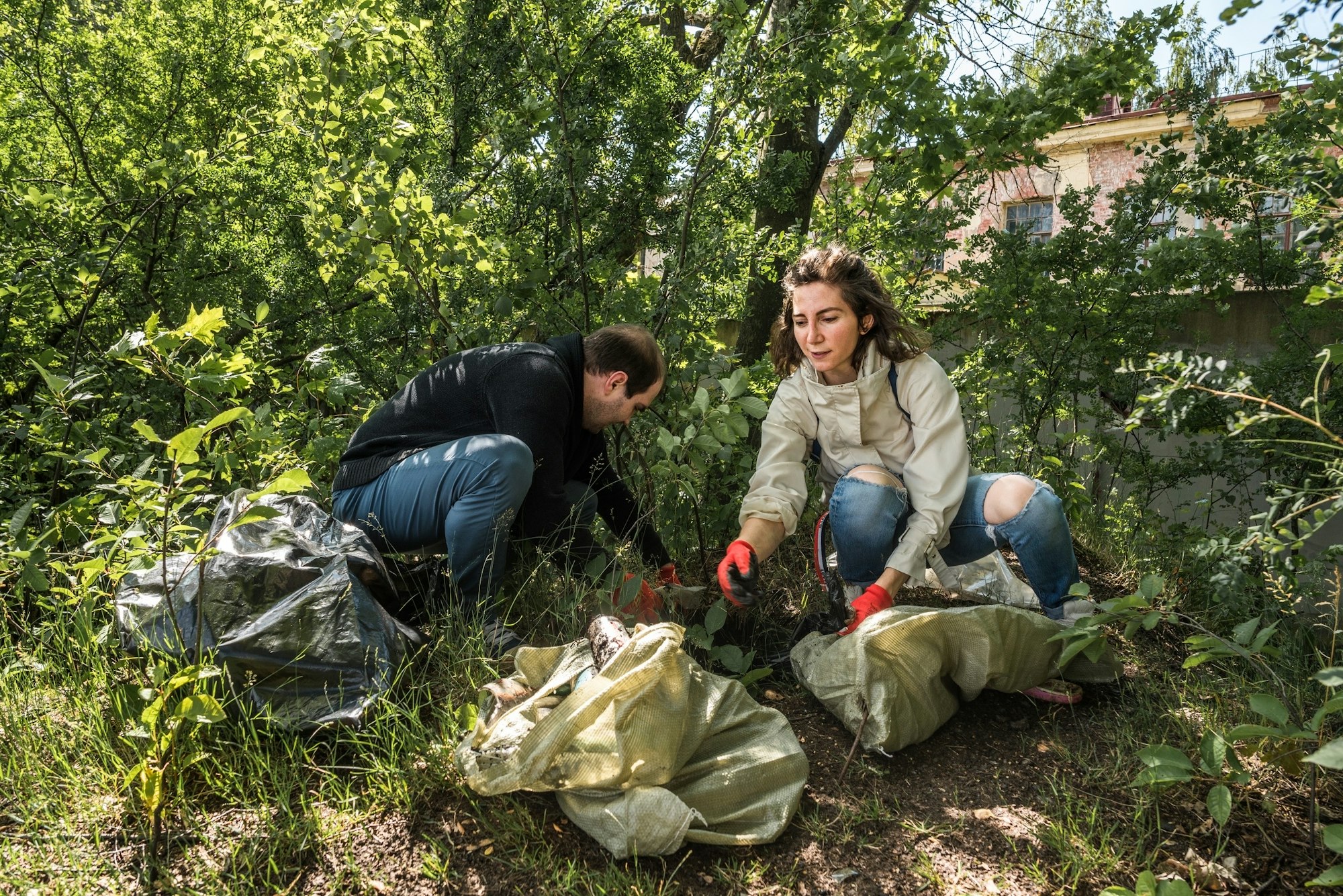Biodiversity hotspots are regions of exceptional ecological importance, characterized by high levels of species richness and endemism. These areas are home to a wealth of unique plants, animals, and ecosystems, making them critical for preserving global biodiversity. In this guide, we’ll explore the significance of biodiversity hotspots and the urgent need to protect and conserve these ecologically diverse regions for future generations.
1. Understanding Biodiversity Hotspots
Biodiversity hotspots are defined by Conservation International as areas with high levels of species richness and a high degree of endemism, meaning they contain species found nowhere else on Earth. These regions are typically characterized by diverse habitats such as tropical forests, coral reefs, grasslands, and wetlands, which support a wide range of plant and animal species. Biodiversity hotspots are disproportionately threatened by human activities such as deforestation, habitat destruction, pollution, and climate change, putting their unique biodiversity at risk.
2. Importance of Biodiversity Hotspots
Biodiversity hotspots play a crucial role in maintaining global biodiversity and ecological balance. Despite covering only a small fraction of the Earth’s surface, biodiversity hotspots are estimated to support more than half of the world’s plant species and nearly 43% of terrestrial vertebrate species. These regions provide essential ecosystem services such as carbon sequestration, soil formation, water purification, and pollination, which are vital for human well-being and the health of the planet.
3. Threats to Biodiversity Hotspots
Biodiversity hotspots face a range of threats that jeopardize their ecological integrity and species diversity. Human activities such as deforestation, agricultural expansion, logging, mining, and urbanization are the primary drivers of habitat loss and degradation in these regions. Climate change further exacerbates the threats to biodiversity hotspots by altering temperature and precipitation patterns, disrupting ecosystems, and exacerbating habitat loss and fragmentation. As a result, many species in biodiversity hotspots are at risk of extinction without urgent conservation action.
4. Conservation Strategies
Conserving biodiversity hotspots requires a multifaceted approach that addresses both the direct and underlying causes of biodiversity loss. Key conservation strategies include the establishment of protected areas and reserves to safeguard critical habitats and species, the implementation of sustainable land-use practices that promote biodiversity conservation and human well-being, and the enforcement of laws and regulations to combat illegal logging, poaching, and habitat destruction. Additionally, efforts to raise awareness, build capacity, and foster community participation are essential for promoting sustainable development and conservation in biodiversity hotspots.
5. Global Collaboration
Protecting biodiversity hotspots requires coordinated action and collaboration among governments, conservation organizations, local communities, and the private sector. International initiatives such as the Convention on Biological Diversity (CBD) and the United Nations Framework Convention on Climate Change (UNFCCC) provide frameworks for global cooperation on biodiversity conservation and climate change mitigation. By working together across borders and sectors, we can enhance the effectiveness of conservation efforts and ensure the long-term survival of biodiversity hotspots and the species they support.
Conclusion
Biodiversity hotspots are irreplaceable reservoirs of life that are essential for maintaining global biodiversity and ecosystem function. Protecting and conserving these ecologically diverse regions is not only a moral imperative but also crucial for safeguarding the health of the planet and securing the well-being of future generations. By recognizing the importance of biodiversity hotspots, supporting conservation efforts, and adopting sustainable practices, we can ensure that these invaluable ecosystems continue to thrive and provide benefits for people and nature alike.










